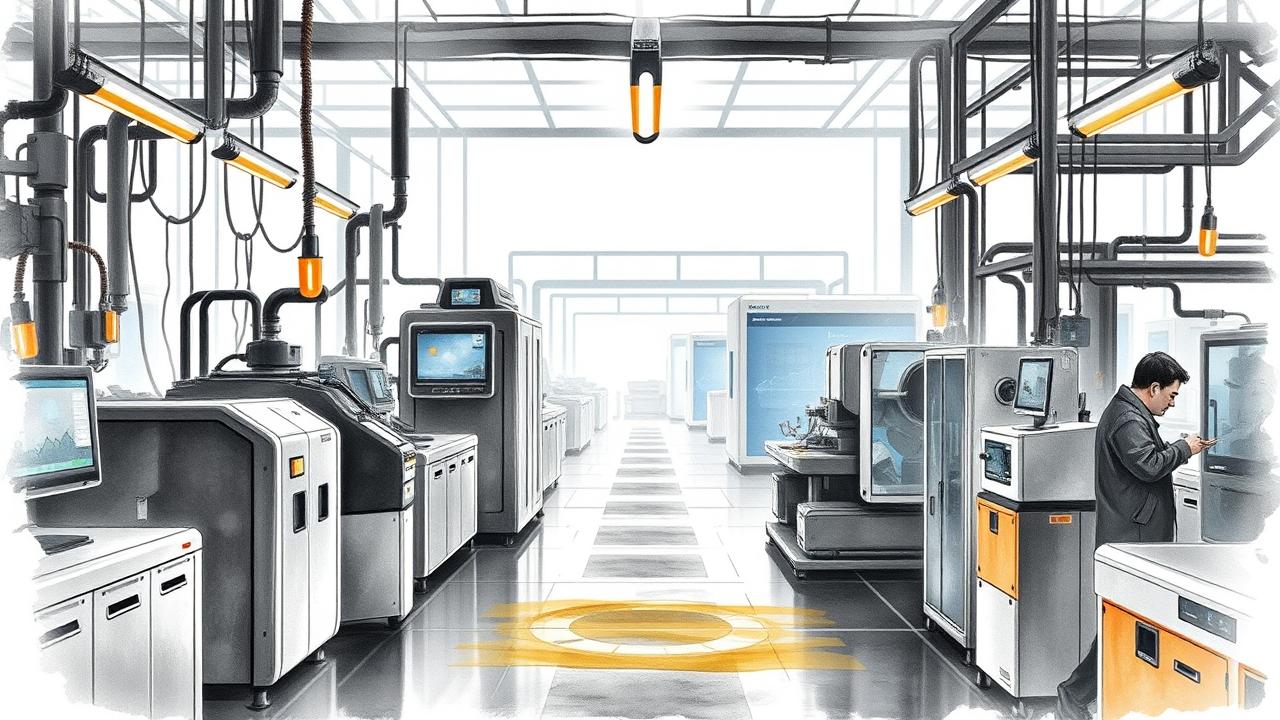Unlocking Predictive Maintenance with AI: How to Reduce Downtime and Boost Efficiency
Are you tired of being in the dark when it comes to equipment maintenance? Do you find yourself scrambling to respond to unexpected downtime, only to waste valuable resources and revenue? You're not alone. In today's fast-paced business landscape, predictive maintenance using AI has become a game-changer for organizations looking to stay ahead of the curve.
The Problem with Traditional Maintenance
Let me tell you a short story about John Henry Patterson, the legendary mining engineer who single-handedly built the first successful gold mine in South Africa. Patterson's success was largely due to his innovative approach to maintenance, which involved closely monitoring the equipment and making adjustments as needed. However, this approach was not without its challenges. Patterson's methods were often time-consuming and labor-intensive, requiring him to personally oversee every aspect of maintenance.
Fast forward to the present day, and we have a vastly different landscape. With the advent of AI-powered predictive maintenance, organizations can now leverage advanced analytics and machine learning algorithms to identify potential issues before they become major problems. This approach not only reduces downtime but also increases efficiency and saves resources.
How Predictive Maintenance Works
So, how does predictive maintenance using AI work? The process typically involves the following steps:
- Data Collection: Sensors and IoT devices collect data on equipment performance, temperature, vibration, and other relevant metrics.
- Data Analysis: Advanced algorithms analyze the collected data to identify patterns and anomalies.
- Predictive Modeling: The analyzed data is used to create predictive models that forecast potential equipment failures.
- Alerts and Notifications: The predictive models trigger alerts and notifications when potential issues are detected.
Real-World Examples
Several organizations have already seen the benefits of predictive maintenance using AI. For example:
- GE Appliances: GE Appliances uses AI-powered predictive maintenance to reduce equipment downtime by up to 90%. The company's advanced analytics platform analyzes data from sensors and IoT devices to identify potential issues before they become major problems.
- Siemens: Siemens uses predictive maintenance to reduce energy consumption and extend the lifespan of its equipment. The company's advanced analytics platform analyzes data from sensors and IoT devices to identify potential issues and optimize equipment performance.
Implementation and ROI
So, how can your organization get started with predictive maintenance using AI? Here are a few tips to consider:
- Start Small: Begin by implementing predictive maintenance on a small scale, focusing on high-priority equipment and processes.
- Invest in Data Analytics: Invest in advanced data analytics tools and platforms to analyze and interpret the collected data.
- Monitor and Adjust: Continuously monitor the effectiveness of the predictive maintenance system and make adjustments as needed.
By implementing predictive maintenance using AI, organizations can reduce downtime, increase efficiency, and save resources. The question is, are you ready to unlock the full potential of your equipment and stay ahead of the competition?
Take the First Step Today
Don't let equipment downtime hold you back any longer. Take the first step towards implementing predictive maintenance using AI today. With the right tools and expertise, you can unlock a more efficient, productive, and profitable business.
